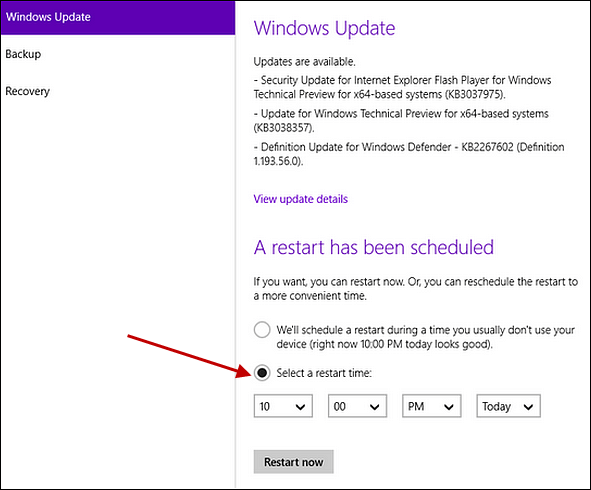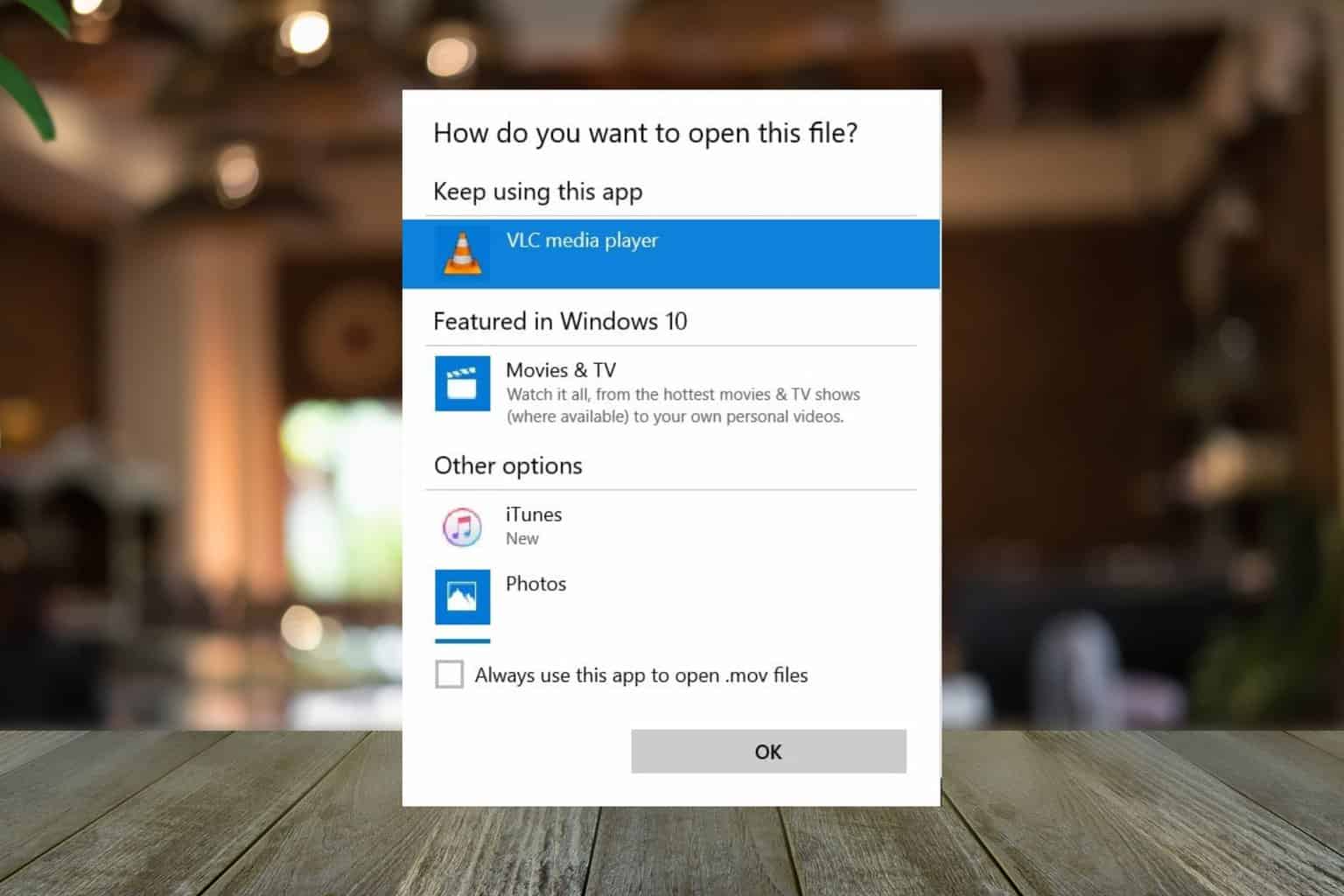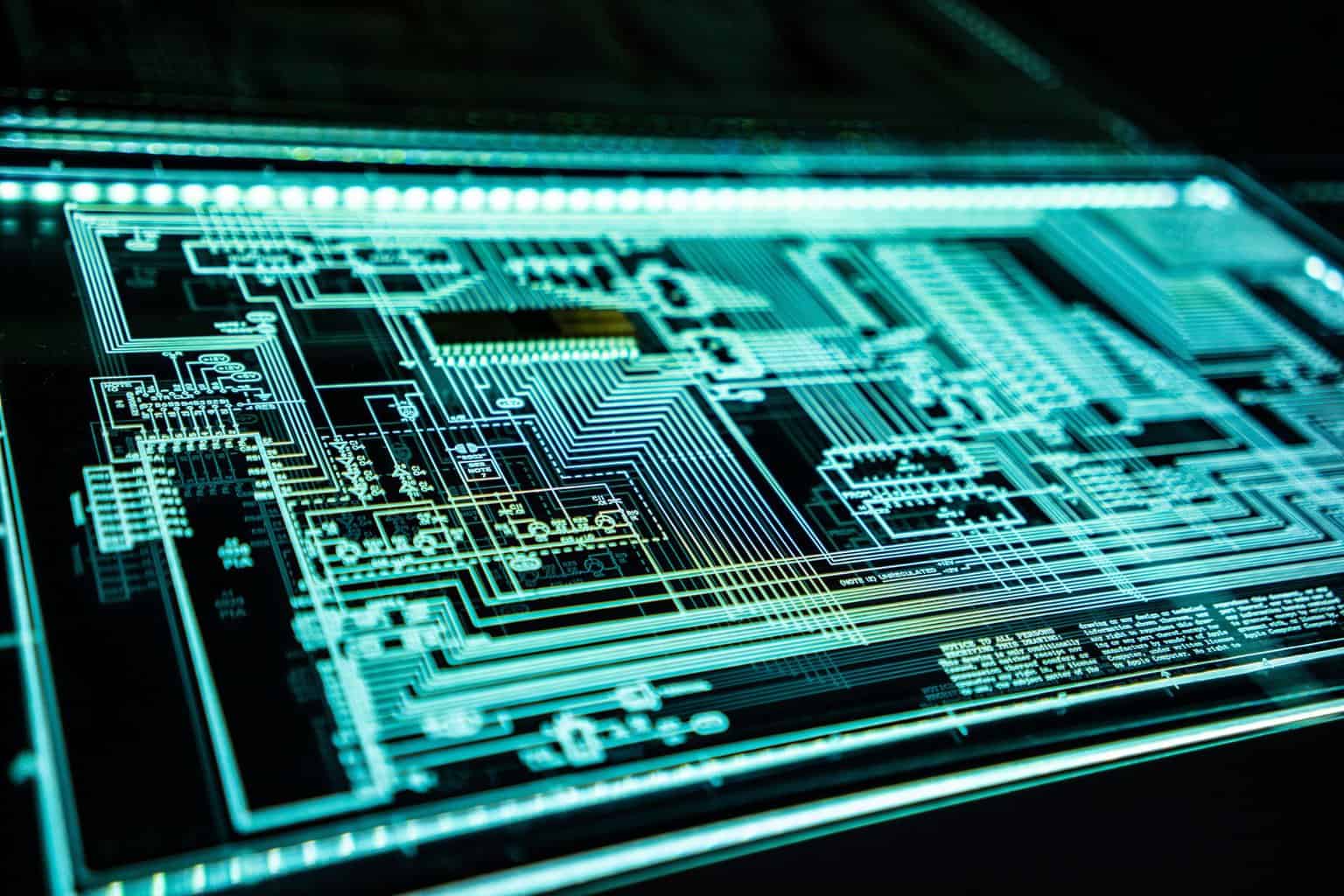Windows 10 Lets You Set a Specific Time for the Windows Update Restart Scheduler
3 min. read
Updated on
Read our disclosure page to find out how can you help Windows Report sustain the editorial team Read more

One of Windows features which annoyed users for years is definitely a restart scheduler for Windows Update. It the past, the restart usually came in the wrong time, but in 9926 build of Windows 10 Technical Preview, you’ll have the full control of it.
Microsoft released its new 9926 build for Windows 10 Technical Preview and it features a handful of new features, and some major appearance changes. The most anticipated feature of 9926 build is of course Microsoft’s personal assistant, Cortana, but there’s another handful feature, an Update Restart Scheduler.
This feature isn’t completely new in Windows operating systems, because Windows 7 gave you the pop-up as a reminder that your computer needs a restart to apply updates, but you were able to delay the restart only for four hours. This was improved in Windows 8, with two days before the restart is required, but now you can choose the exact time when you want your computer to restart and apply updates.
In Windows 10 Technical Preview, Windows Update still installs updates automatically. And if you set Windows update to automatic, it won’t work different than it does in previous versions of Windows. This means that it will wait until your computer is on idle, and it will restart automatically. So if you don’t want this to happen, you’ll have to set your PC to restart at specific time after installing new updates, and here’s how to do that:
- Open the Settings menu and click Update & recovery
- Go to Windows Update and click Check for updates
- If there’s a new update available, your device will download and install it. If the update requires a restart, you’ll notice a new section in the Windows Update window that says A restart has been scheduled
- Under A restart has been scheduled, you can choose to have the computer automatically restart (“during a time you don’t usually use your device”), or you can click Select a restart time to choose the time and day you want the restart to apply new updates
- To set up your computer to always prompt you to schedule a restart time, click Advanced options
- Under Choose how updates are installed, choose Notify to schedule restart from the dropdown menu
This feature will certainly be well-accepted by all users who were annoyed by Windows Update restart’s poor timing, but we’ll have more builds and updates since the final release of Windows 10, so we definitely expect more improvements and features.
Read Also: Free Microsoft Office Touch Apps Available for Windows 10 Users








